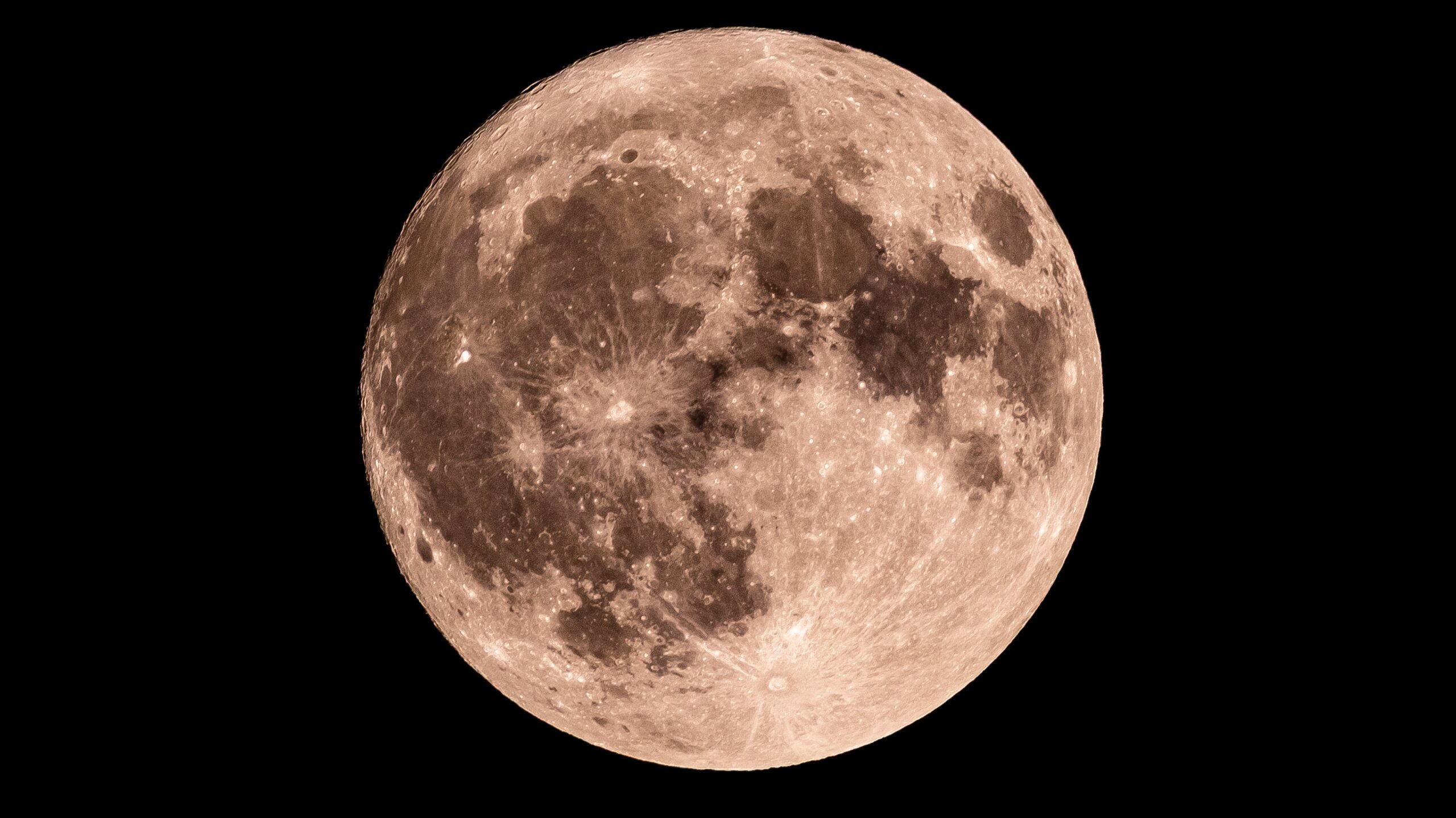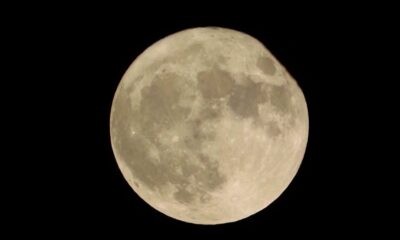Science
Moon Enters New Phase: Waxing Crescent to Shine on July 25

The moon begins a new lunar cycle tonight, July 25, 2025, entering the Waxing Crescent phase. Currently, just 1% of the moon’s surface is visible from Earth, marking the start of this cycle which lasts approximately 29.5 days, according to NASA. With minimal visibility, observers will find it challenging to spot any details on the moon’s surface, even with the aid of binoculars or telescopes.
As the moon orbits Earth, its phases change due to the varying angles between the Sun, Moon, and Earth. Tonight’s Waxing Crescent presents a slim sliver of illumination on the moon’s right side for viewers in the Northern Hemisphere. While the moon remains largely dark, it signals the commencement of a new cycle filled with potential for more visible phases in the coming days.
Upcoming Lunar Events
Looking ahead, the next significant event will be the Full Moon on August 9, following the last full moon that occurred on July 10. This full moon will be fully illuminated, providing a stark contrast to the current phase.
Understanding Moon Phases
Moon phases are a result of the moon’s orbit around Earth, where the illuminated portion changes based on its position relative to the Sun. There are eight primary phases in the lunar cycle:
– **New Moon**: The moon is positioned between Earth and the Sun, rendering it invisible.
– **Waxing Crescent**: A small crescent appears on the right side.
– **First Quarter**: Half of the moon is illuminated on the right side.
– **Waxing Gibbous**: More than half is lit, yet not completely full.
– **Full Moon**: The entire face of the moon is visible and bright.
– **Waning Gibbous**: The illumination begins to decrease on the right side.
– **Last Quarter**: The left side is illuminated, resembling another half-moon.
– **Waning Crescent**: A thin sliver of light remains on the left before the cycle restarts.
Each of these phases plays a role in various cultural and scientific contexts, influencing everything from agricultural practices to folklore. Understanding the moon’s cycle not only enriches our appreciation of celestial phenomena but also connects us to the rhythms of nature.
As the lunar cycle unfolds, skywatchers can anticipate the gradual increase in the moon’s visibility, culminating in the brilliance of the upcoming full moon next month.
-

 Entertainment3 months ago
Entertainment3 months agoAnn Ming Reflects on ITV’s ‘I Fought the Law’ Drama
-

 Entertainment4 months ago
Entertainment4 months agoKate Garraway Sells £2 Million Home Amid Financial Struggles
-

 Health3 months ago
Health3 months agoKatie Price Faces New Health Concerns After Cancer Symptoms Resurface
-

 Entertainment3 months ago
Entertainment3 months agoCoronation Street’s Carl Webster Faces Trouble with New Affairs
-

 Entertainment3 months ago
Entertainment3 months agoWhere is Tinder Swindler Simon Leviev? Latest Updates Revealed
-

 Entertainment4 months ago
Entertainment4 months agoMarkiplier Addresses AI Controversy During Livestream Response
-

 World2 weeks ago
World2 weeks agoBailey Announces Heartbreaking Split from Rebecca After Reunion
-

 Science1 month ago
Science1 month agoBrian Cox Addresses Claims of Alien Probe in 3I/ATLAS Discovery
-

 Entertainment2 weeks ago
Entertainment2 weeks agoCoronation Street Fans React as Todd Faces Heartbreaking Choice
-

 Health4 months ago
Health4 months agoCarol Vorderman Reflects on Health Scare and Family Support
-

 Entertainment4 months ago
Entertainment4 months agoKim Cattrall Posts Cryptic Message After HBO’s Sequel Cancellation
-

 Entertainment3 months ago
Entertainment3 months agoOlivia Attwood Opens Up About Fallout with Former Best Friend




















